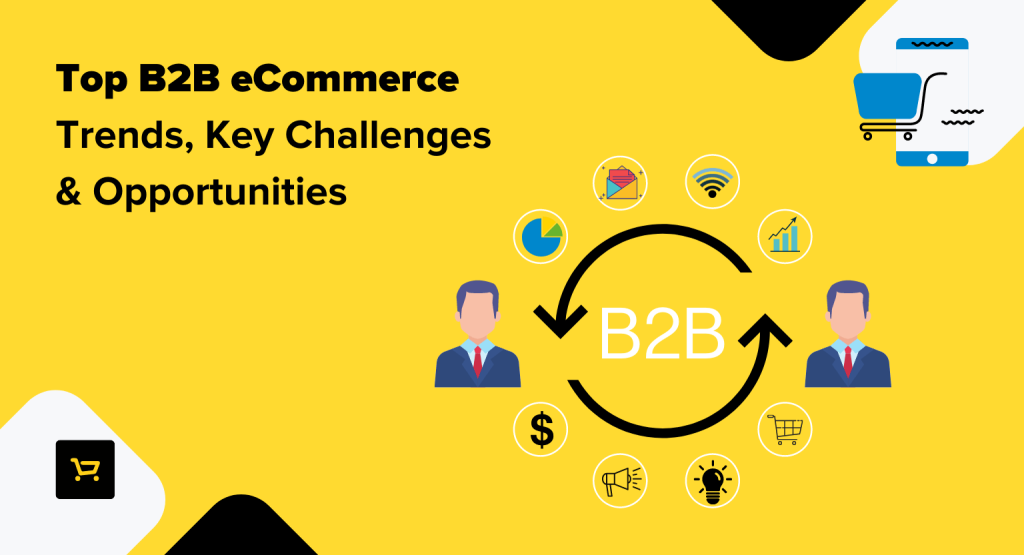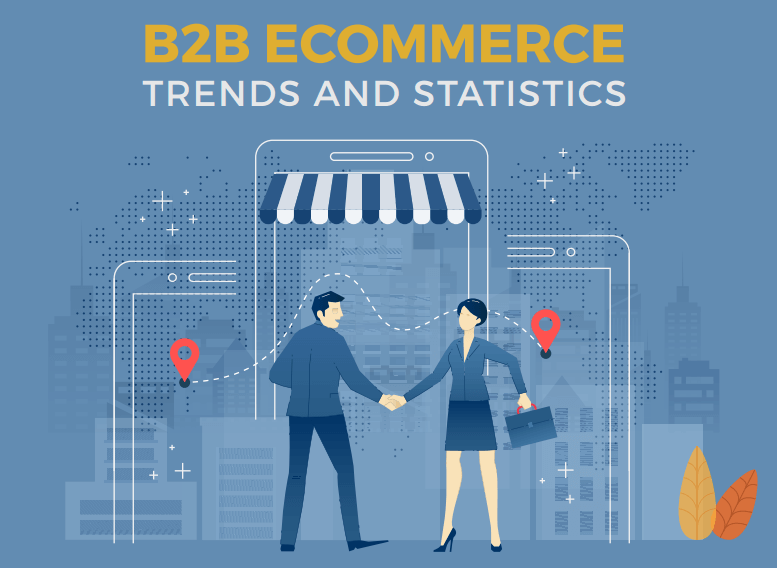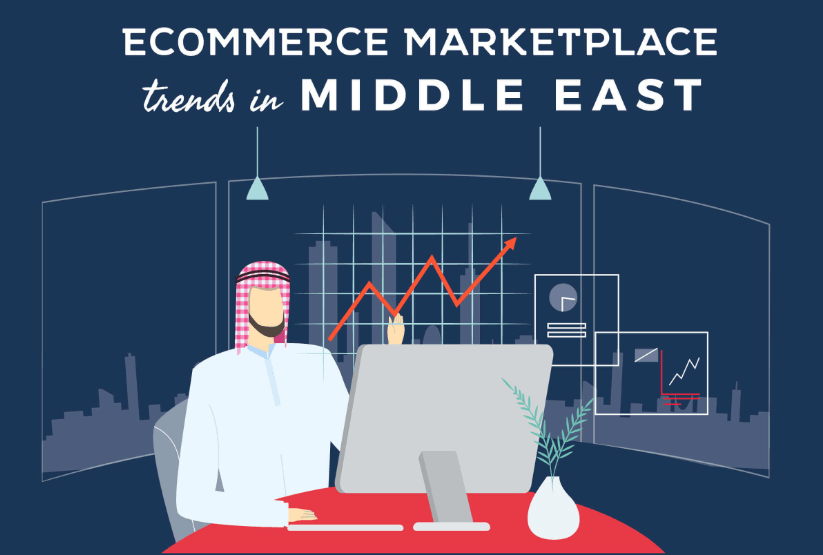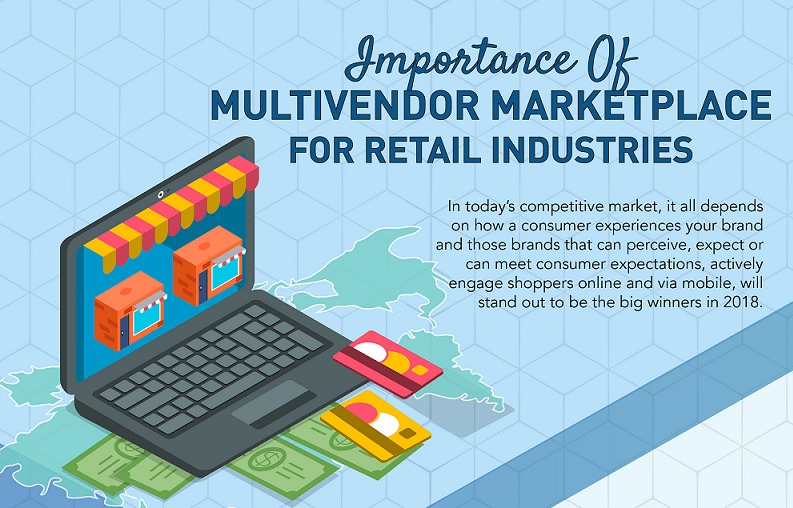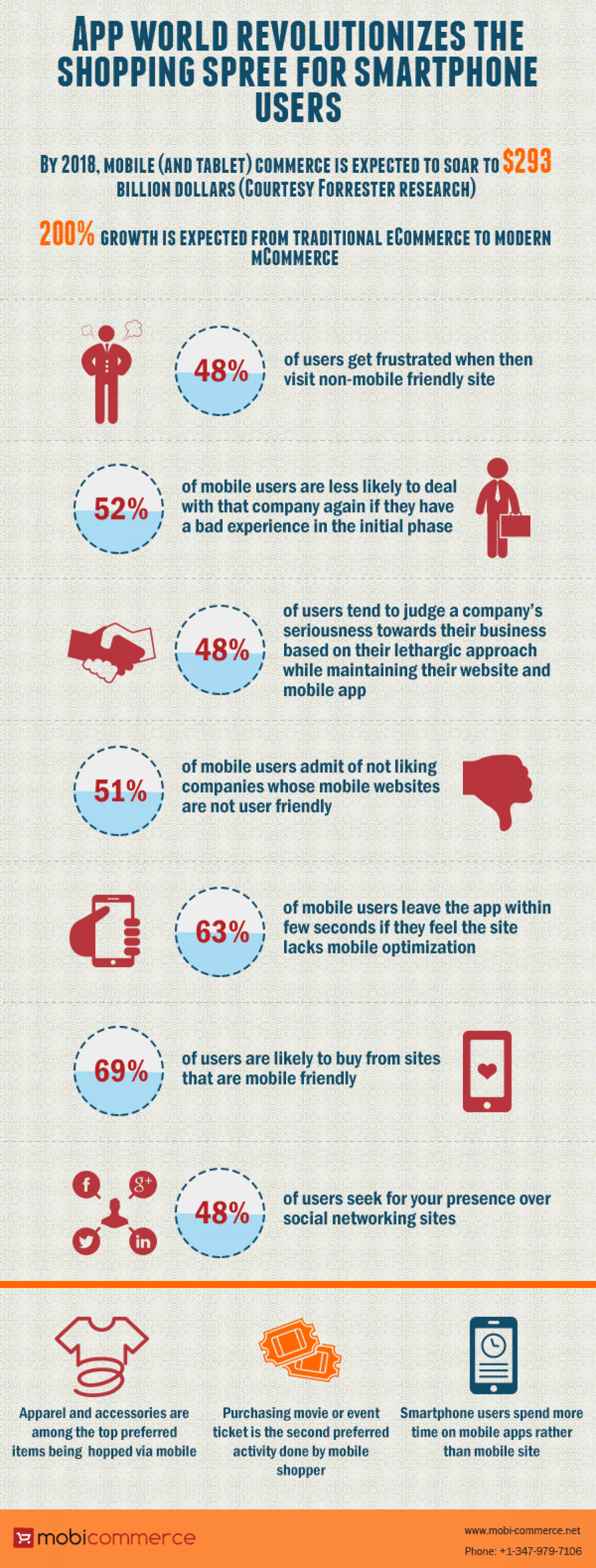Commercial activities made by business with other business via electronic commerce platform stands for B2B eCommerce. Considering the statistics, it is forecasted that the Global B2B ecommerce industry will top around $6.7 trillion by 2020. This determines the scope and trends in B2B segments now-a-days.
Considerable amount of businesses are using this platform and many more to join the pace because the benefits is provide is highly recognizable.
Benefits of B2B eCommerce Platform:
- Functionality for self-service
- High level of scalability
- Custom pricing
- Custom quote
- Flexible payment options
- Ease in reordering
- Mobile commerce
- Omni-channel support
- PCI security
All these have force businesses to match with the trend in order to boost the sales.
Surprising fact about B2B ecommerce is that though recently arises and less popular, it is double the size of B2C e-commerce. There are various advance platforms over which you can build your B2B e-commerce multi-channel systems.
In this Infographic, you’ll learn about trends and statistics of B2B Ecommerce industry and software solution which includes the importance of this platform, why it is in trends, countries having high demand of this platform, B2B sector industrial trends, platforms used to build the platform and lot more. Read, learn and share to empower the sector.
